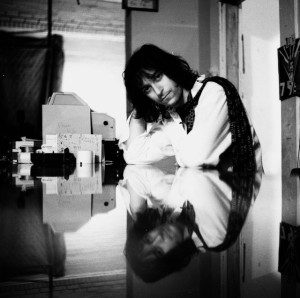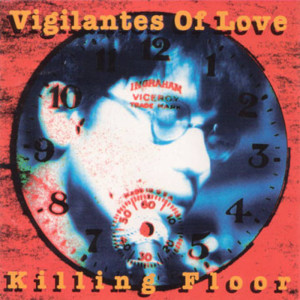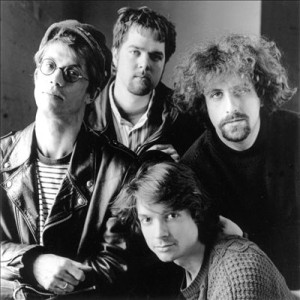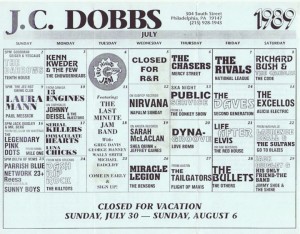One fall day in the middle of the Indiana cornfields, many years ago, I walked into a college class called “Imaginative Writing” taught by Aaron Housholder. He was clean-shaven and approachable, his head bald and smooth. His voice was not loud, but it somehow managed to get everyone to lean forward and pay attention. I always took copious notes. He hadn’t been teaching there long. Neither of us knew that it would soon be wise to plan ahead if you intended to take a class with him.
I’d intended to take a year off before attending college (if I ever went), but the thought of creative writing classes beckoned. I received glossy flyers promising author events and workshopping sessions. Between my HR job at a national grocer and those circles of workshopping bliss, I attended a local state school, catching the bus during the six am hour to make it to classes in time. I had a year and a half of college under my belt before I walked into that classroom, but it felt like everything was just beginning.
Aaron told us to call him by his first name (something I’ve only now become comfortable with, over five years past graduation). He assigned us poetry, creative nonfiction, and fiction (my genre of choice in those days). He once assigned us an essay to read: A Note About Allen Tate by Kelly Cherry. I couldn’t tell you what we were supposed to glean from it, but I’ve never forgotten that winsome creative nonfiction about a student who learns about life, and about paying attention, from her Literary Criticism professor. Later, one of my writing professors mentioned that it usually takes about five years past an event before you’re ready to write about it. “So in five years you can start writing about college,” he said. When he said it, I remember thinking about that essay, and five years later, I’m still thinking about it.
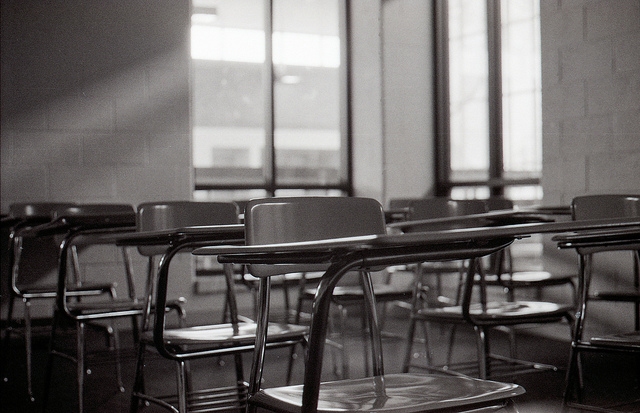 My time at that small, private university was brief. My year at the state school and my willingness to take an overload made it possible for me to be in and out in two and a half years. During that time, the English department went through a major transition, so that I started as an English major with a writing concentration, and ended as a Creative Writing major (which was what I wanted to be anyway). Now, “Imaginative Writing” is called “Intro to Creative Writing” and Reade Center, where we had all of our English classes, has been surrounded by cheerful landscaping.
My time at that small, private university was brief. My year at the state school and my willingness to take an overload made it possible for me to be in and out in two and a half years. During that time, the English department went through a major transition, so that I started as an English major with a writing concentration, and ended as a Creative Writing major (which was what I wanted to be anyway). Now, “Imaginative Writing” is called “Intro to Creative Writing” and Reade Center, where we had all of our English classes, has been surrounded by cheerful landscaping.
Aaron taught me a great deal about writing. He taught me to think before I wrote, and after, but not at all during. He taught me to pay attention to what I wanted to write about. He taught me to accept when my writing changed. I’m sure he brought some of this in his notes, but other things he lived out in front of us.
I used to write romantic scenes to compensate for the fact that my college experience wasn’t like the movies. There were cute guys in polo shirts and Sperrys at my school, but they weren’t interested in me. I lived in the dorm rumored to be the home of girls you date, across the street from the one where you look for a wife. I lived in both of these dorms and evaded both stereotypes, much to my chagrin. In my writing classes, my classmates would sometimes refer to me as the romance writer. I did my best to defend myself against these charges at the time, saying that I was just writing about men and women talking, relating. Now, I wonder if those classes didn’t need a little romance to go along with the existential angst, and exploration of sexual identity.
Aaron would often read us pieces, or tell us stories about his son. I looked forward to those stories the way I’m told people looked forward to the next installment of a Dickens novel, delivered in serial form. What would this precocious boy do next? I wondered.
When my first long-awaited love visited me at college, I introduced him to Aaron. Though we planned to marry after graduation, and had settled on a date and begun fighting about the color of bridesmaid dresses, very few people had met him, not even my parents. His home was in Chicago and mine in Washington State. His school was in Texas, and mine in Indiana. I can count on one hand the friends I’ve had who have known me through all of my romantic relationships, hopes, and breakups. When I submitted a short story to an undergraduate conference, he was the only one who knew that it was reality thinly masked in fiction, in which I dealt with my boyfriend’s mother, who hated me.
Recently, Aaron and I caught up after too long. As usual, conversation turned to story, to writing. It was as if I was in his office again, meeting to discuss my senior project, getting feedback on a short story. In those days, I bemoaned my singleness often (not much has changed). This time, Aaron made a suggestion which has stuck in my head. “You’re always looking for a relationship which will make a good story to write,” he said in that calm voice that always made us pay attention. “Maybe instead you should be looking for a story that’s too big, too good, not filled with the dramatic elements and tensions that make a good story. Maybe the story you’re looking for is one that you don’t want to write.”
All that time, in “Imaginative Writing,” “Fiction Writing,” and in those talks about my senior project, I hadn’t just been learning about writing. I was learning about writing because it’s my most reliable way to learn about life. Sometimes, the writing is important, lauded, exceptional, but the writing pales in comparison to the actual point: a life, one that is too big for words, no matter how we rush to capture the gossamer.


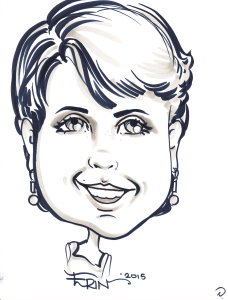
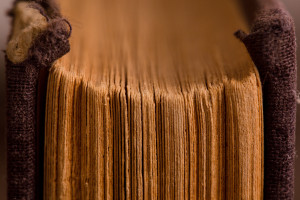
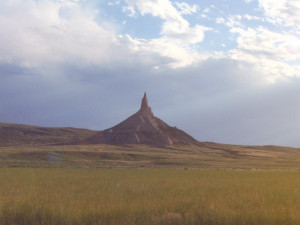
 My love for reading meant I was present at so many historical events, and it’s utterly embarrassing how many of these events occurred under the category ‘Christian Historical Fiction’. The Battle of Shiloh with a side of Jesus, right down the fiction aisle, shelf ‘Morris’. But the Battle of Gettysburg was more impressive because I began when Abe was formed by splitting rails. I rode the length of the Pony Express. I traveled the Oregon Trail more times than I can count, not dying of dysentery once. I visited Fort Laramie and the Platte River as an adult and thanks to all of those prairie romances it was more than crumbling concrete and a calm, thin slice of water for me.
My love for reading meant I was present at so many historical events, and it’s utterly embarrassing how many of these events occurred under the category ‘Christian Historical Fiction’. The Battle of Shiloh with a side of Jesus, right down the fiction aisle, shelf ‘Morris’. But the Battle of Gettysburg was more impressive because I began when Abe was formed by splitting rails. I rode the length of the Pony Express. I traveled the Oregon Trail more times than I can count, not dying of dysentery once. I visited Fort Laramie and the Platte River as an adult and thanks to all of those prairie romances it was more than crumbling concrete and a calm, thin slice of water for me.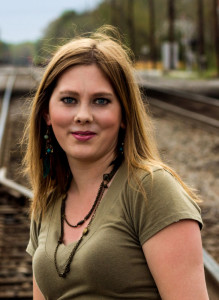
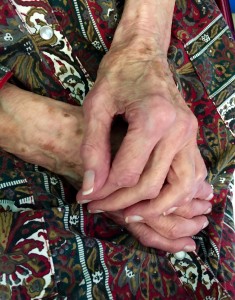



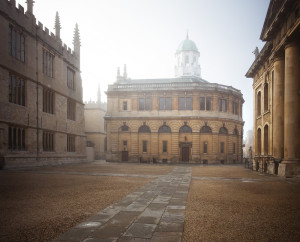 colored post-it notes and memorized until we were bleary-eyed. We’d have brilliant thesis statements for papers on Spencer’s
colored post-it notes and memorized until we were bleary-eyed. We’d have brilliant thesis statements for papers on Spencer’s 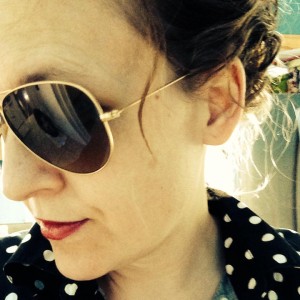
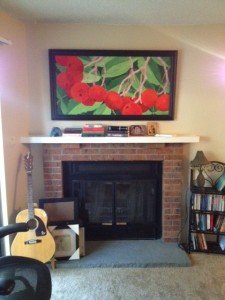 he patio and windows. “Looks a little bit like Connecticut,” I mentioned off-handedly.
he patio and windows. “Looks a little bit like Connecticut,” I mentioned off-handedly.  meal we eat, after every snack. We vacuum like mad and hand-wash dishes so they can be put away immediately. Our dry food and silverware we store in airtight containers. We use only two coffee cups and one pot and one pan. We are living by deletion. We accept dinner invitations from friends but let them know we can’t return the favor yet.
meal we eat, after every snack. We vacuum like mad and hand-wash dishes so they can be put away immediately. Our dry food and silverware we store in airtight containers. We use only two coffee cups and one pot and one pan. We are living by deletion. We accept dinner invitations from friends but let them know we can’t return the favor yet. 


